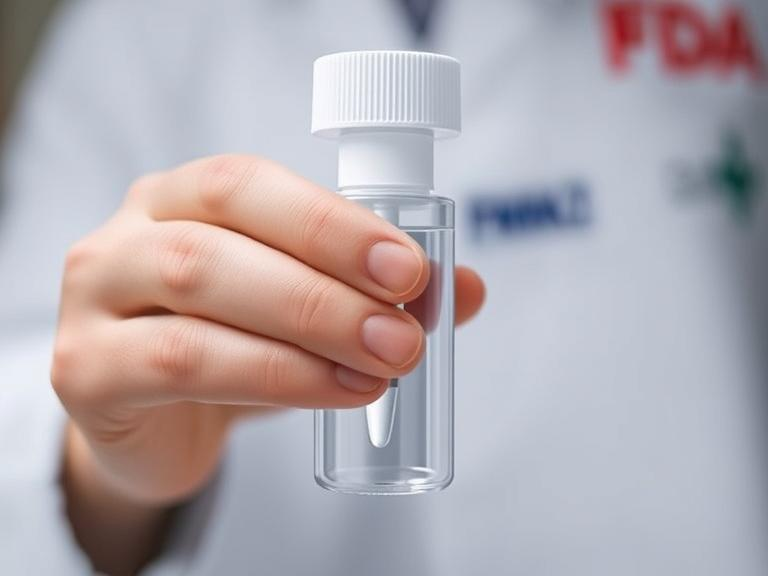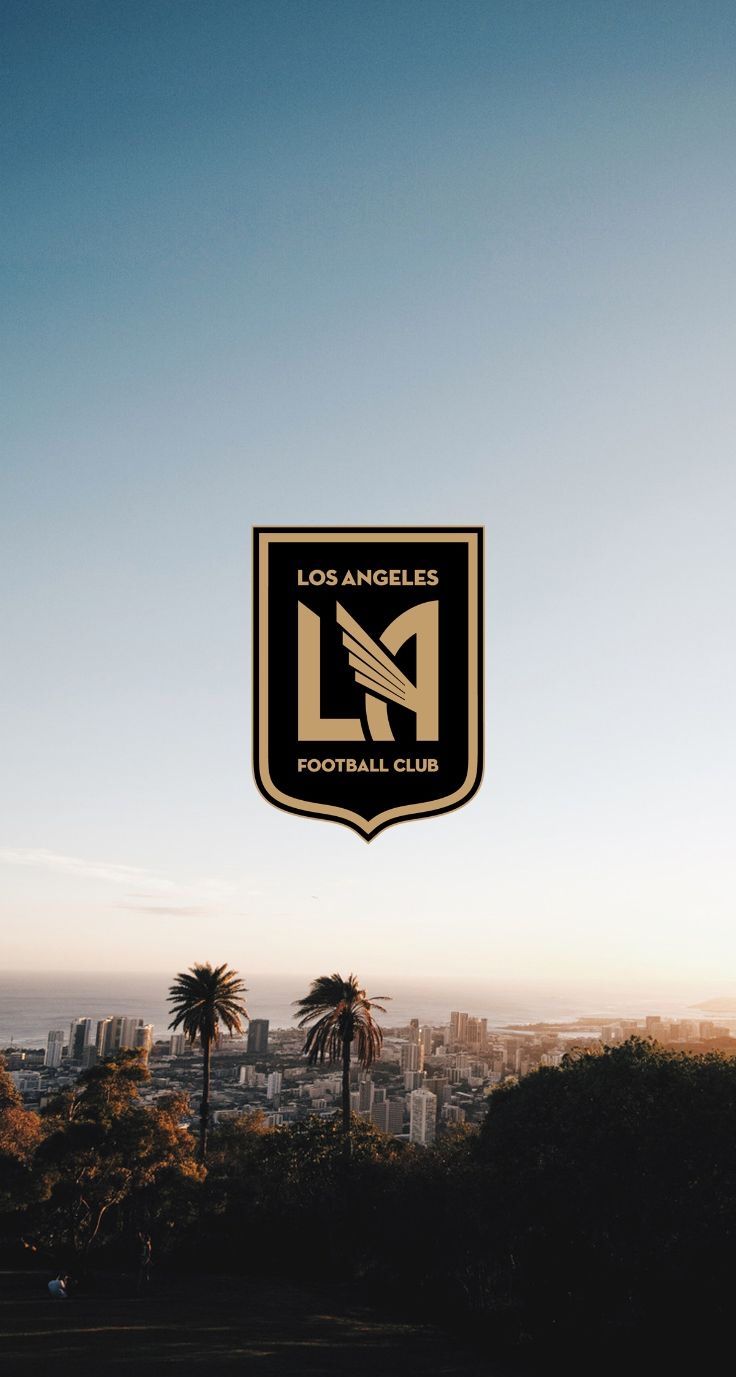The FDA: A Comprehensive Guide to Its Role, Functions, and Impact on Public Health
Introduction
The U.S. Food and Drug Administration (FDA) is one of the most critical regulatory agencies in the world, overseeing products that account for 20 cents of every dollar spent by U.S. consumers. From the food we eat to the medicines we rely on, the FDA ensures safety, efficacy, and transparency.
✅ What the FDA is and its history
✅ Key responsibilities and regulatory functions
✅ The FDA approval process for drugs, medical devices, and more
✅ How the FDA impacts everyday life
✅ Controversies and criticisms surrounding the agency
✅ Frequently asked questions (FAQs) about the FDA
By the end, you’ll have a clear understanding of how the FDA protects public health and why its regulations matter.

1. What Is the FDA?
The Food and Drug Administration (FDA) is a federal agency under the U.S. Department of Health and Human Services (HHS). Established in 1906 (though its origins date back further), its mission is to:
- Protect public health by ensuring the safety of food, drugs, medical devices, and other products.
- Advance innovation by speeding up approvals for life-saving treatments.
- Provide accurate information to help consumers make informed health decisions.
A Brief History of the FDA
- 1906: The Pure Food and Drug Act was passed, leading to the FDA’s creation.
- 1938: The Federal Food, Drug, and Cosmetic Act expanded FDA authority after a deadly drug incident.
- 1962: The Kefauver-Harris Amendment required drugs to prove effectiveness, not just safety.
- 2020s: The FDA played a pivotal role in COVID-19 vaccine approvals, showcasing its global influence.

2. What Does the FDA Regulate?
The FDA oversees $2.8 trillion worth of consumer goods annually. Its regulatory scope includes:
A. Food & Beverages
- Food safety standards (preventing contamination like E. coli and Salmonella)
- Nutrition labeling (mandating clear calorie, allergen, and ingredient info)
- Dietary supplements (though they don’t require pre-approval)
B. Drugs & Medications
- Prescription drugs (e.g., antibiotics, insulin)
- Over-the-counter (OTC) drugs (e.g., pain relievers, antacids)
- Biologics (vaccines, gene therapies, blood products)
C. Medical Devices
- Class I (low-risk): Bandages, thermometers
- Class II (moderate-risk): Pregnancy tests, syringes
- Class III (high-risk): Pacemakers, heart stents
D. Cosmetics & Personal Care
- Makeup, skincare, haircare products
- Regulates harmful ingredients (e.g., banning mercury in cosmetics)
E. Tobacco & Vaping Products
- Regulates e-cigarettes, cigarettes, and smokeless tobacco
- Requires warning labels and restricts sales to minors
F. Veterinary Products
- Pet food safety
- Animal drugs and vaccines

3. The FDA Approval Process: How It Works
One of the FDA’s most crucial roles is evaluating and approving new drugs and medical devices. Here’s how it works:
A. Drug Approval Process
- Preclinical Testing (lab and animal studies)
- Investigational New Drug (IND) Application (FDA reviews safety before human trials)
- Clinical Trials (Phases 1-3)
- Phase 1: Small group, tests safety
- Phase 2: Larger group, checks effectiveness
- Phase 3: Thousands of patients, confirms benefits vs. risks
- New Drug Application (NDA) Submission
- FDA Review & Approval (or Rejection)
Did You Know? Only about 12% of drugs that enter clinical trials gain FDA approval.
B. Medical Device Approval
- 510(k) Clearance: For devices similar to existing ones
- Premarket Approval (PMA): For high-risk devices (like implants)
C. Fast-Track & Breakthrough Approvals
For urgent treatments (e.g., cancer drugs, COVID-19 vaccines), the FDA offers:
- Fast Track (accelerated review)
- Breakthrough Therapy (priority for groundbreaking treatments)

4. How the FDA Impacts Your Daily Life
You interact with FDA-regulated products every single day, including:
- Breakfast cereal (FDA ensures no harmful pesticides)
- Your morning vitamins (FDA monitors labeling claims)
- Prescription medications (FDA verifies safety before sale)
- COVID-19 tests & vaccines (FDA emergency approvals saved millions)
Case Study: The FDA & COVID-19 Vaccines
The FDA’s Emergency Use Authorization (EUA) allowed rapid deployment of Pfizer, Moderna, and Johnson & Johnson vaccines, helping curb the pandemic while maintaining safety checks.
5. Common Criticisms & Controversies
Despite its importance, the FDA faces criticism, such as:
A. “The FDA Is Too Slow”
- Some argue drug approvals take too long, delaying life-saving treatments.
- Others believe rushed approvals (like opioids) have caused harm.
B. “Industry Influence on the FDA”
- Critics claim pharmaceutical lobbying affects decisions.
- The FDA maintains that science, not corporations, drives approvals.
C. “Supplements Aren’t Properly Regulated”
- Unlike drugs, supplements don’t need FDA pre-approval, leading to safety concerns.
6. Frequently Asked Questions (FAQs)
Q1: Does FDA approval mean a product is 100% safe?
No—FDA approval means benefits outweigh risks, but side effects can still occur.
Q2: Can the FDA recall unsafe products?
Yes, the FDA can issue recalls for harmful foods, drugs, or devices.
Q3: How does the FDA differ from the CDC?
- FDA: Regulates products (drugs, food, devices)
- CDC: Focuses on disease control and prevention
Q4: Are cosmetics FDA-approved?
No—cosmetics don’t need pre-approval, but the FDA can ban unsafe ingredients.
7. Conclusion: Why the FDA Matters
The FDA is essential for public health, ensuring the safety of everything from baby formula to cancer drugs. While not perfect, its regulations save countless lives each year.
What’s your biggest question about the FDA? Let us know in the comments!
Share this content:


Post Comment